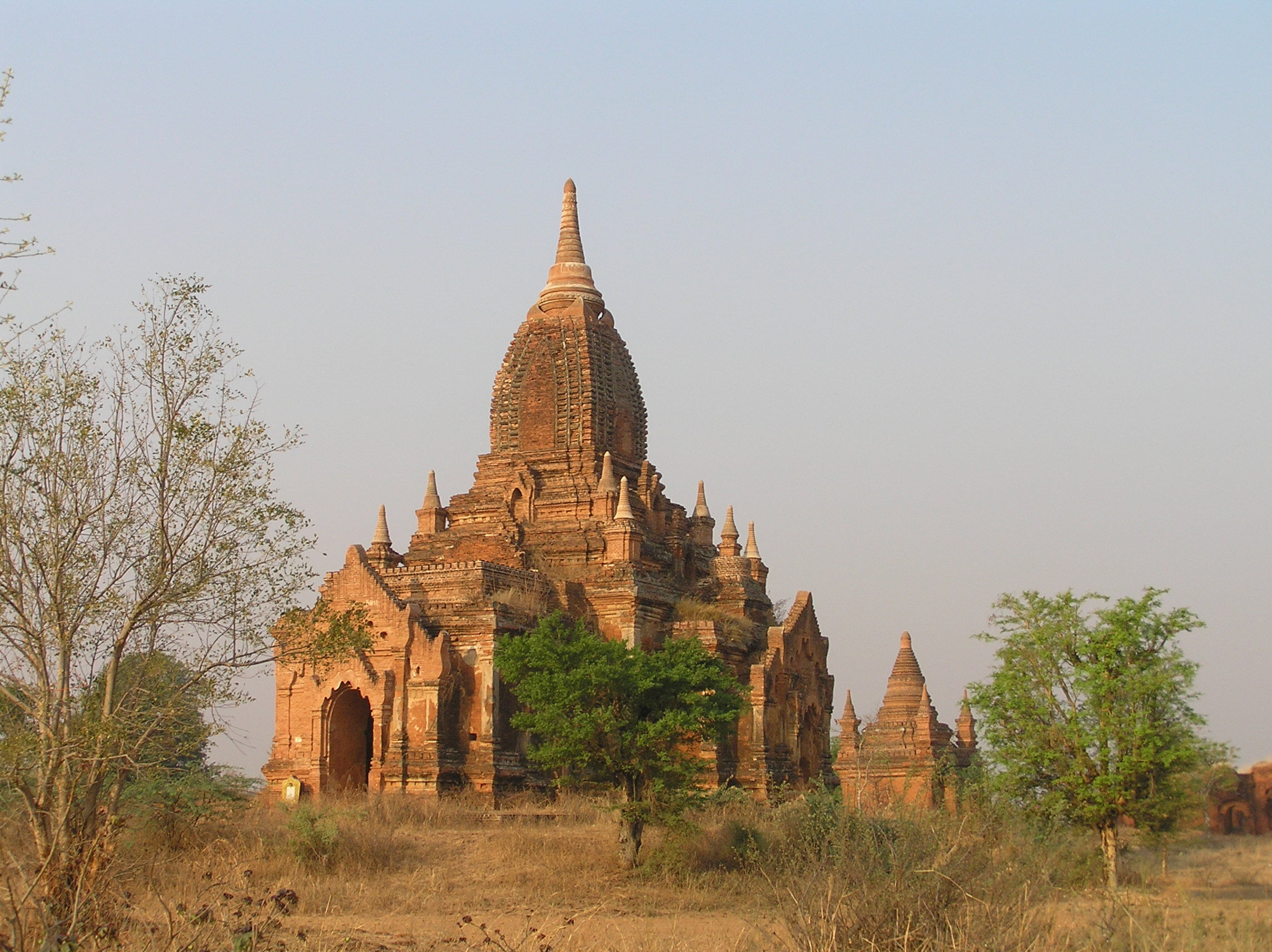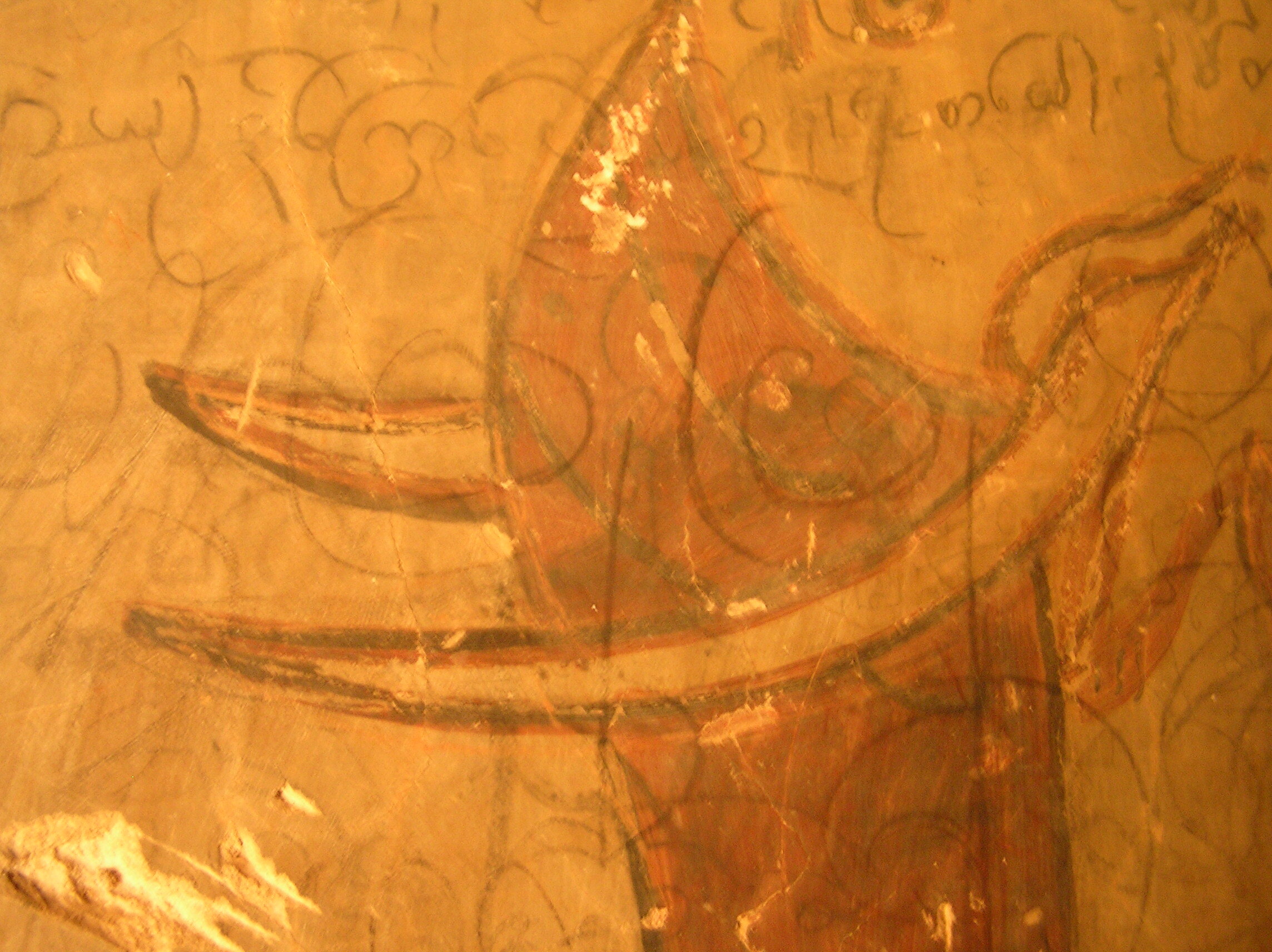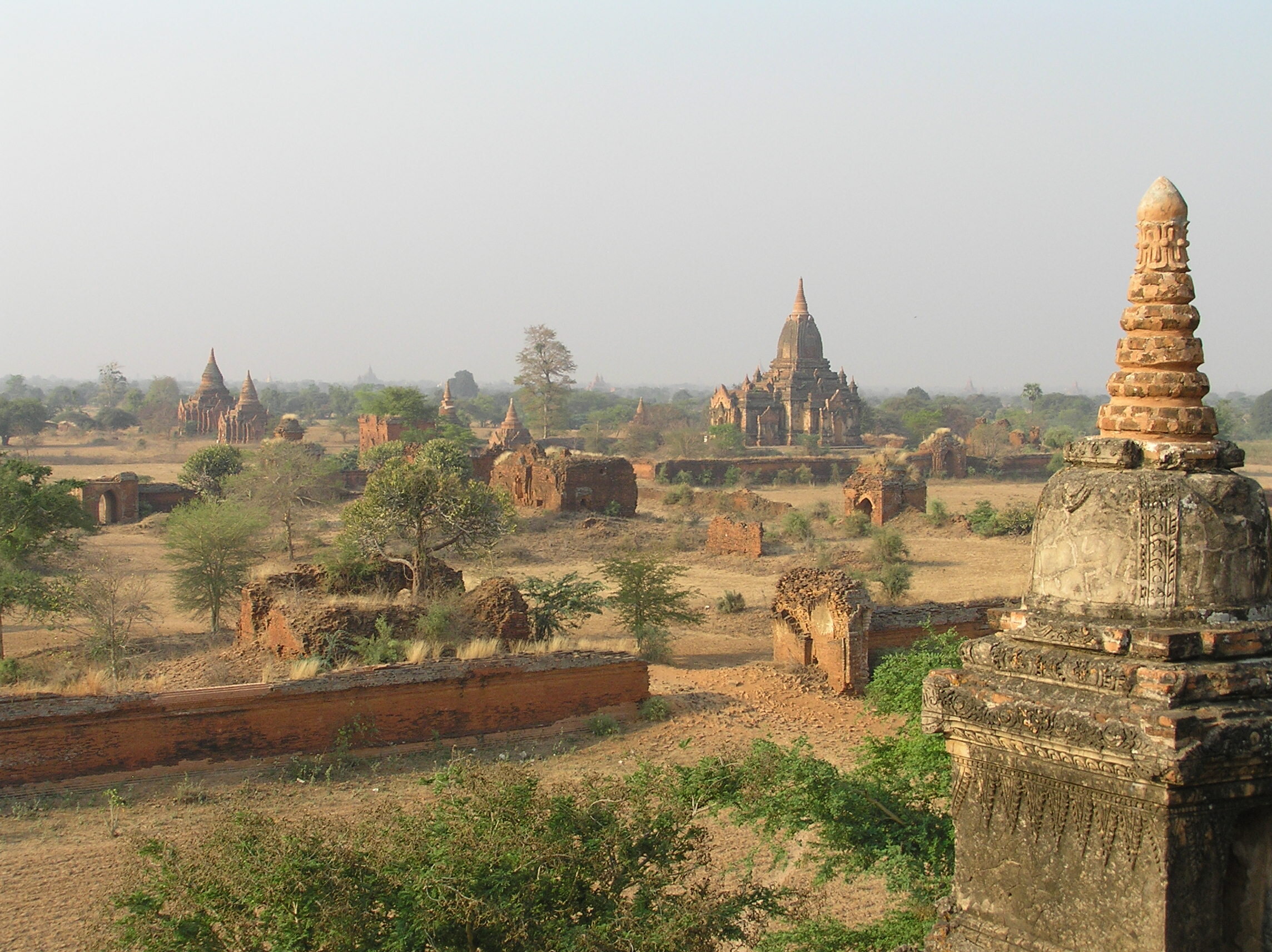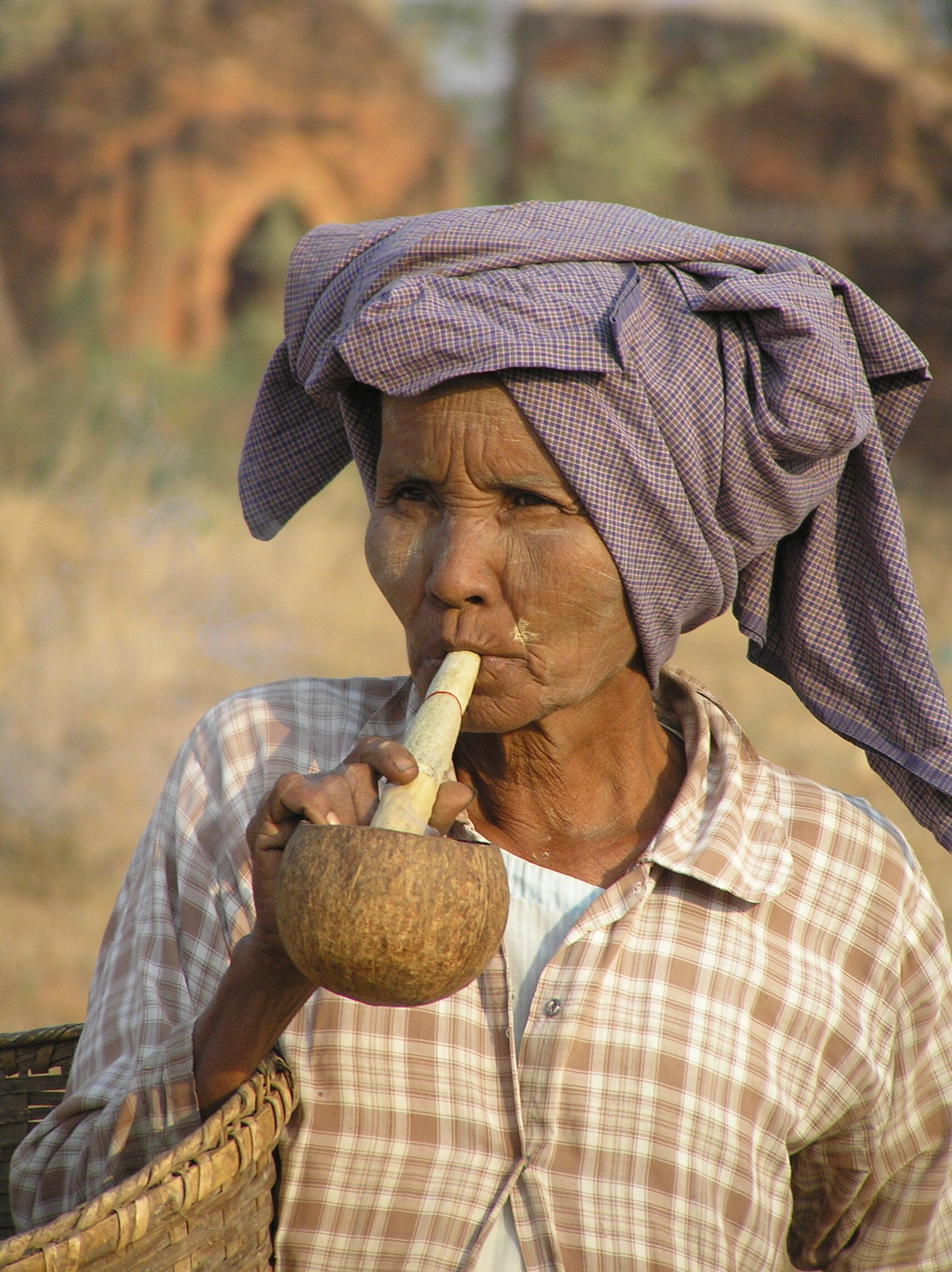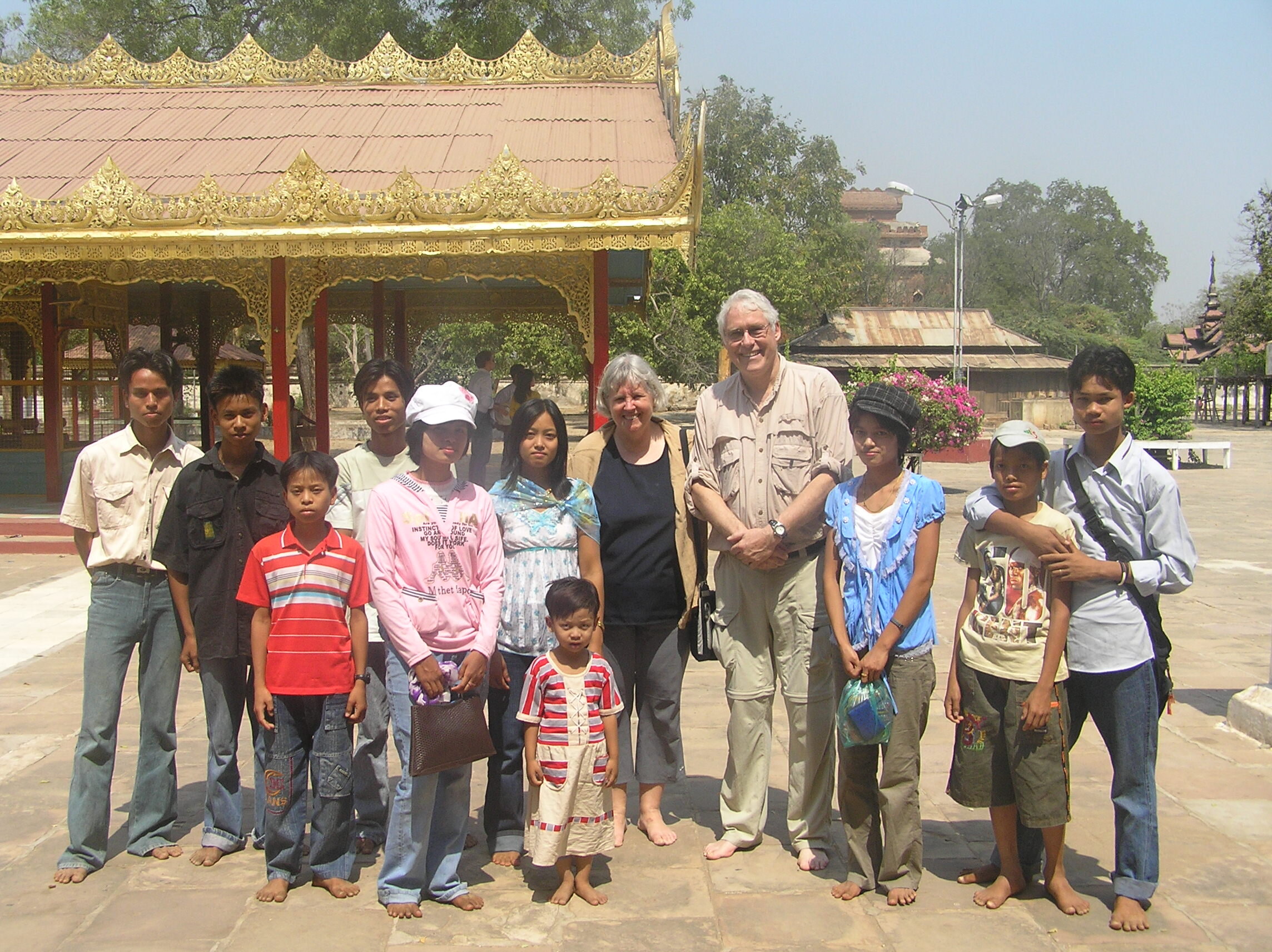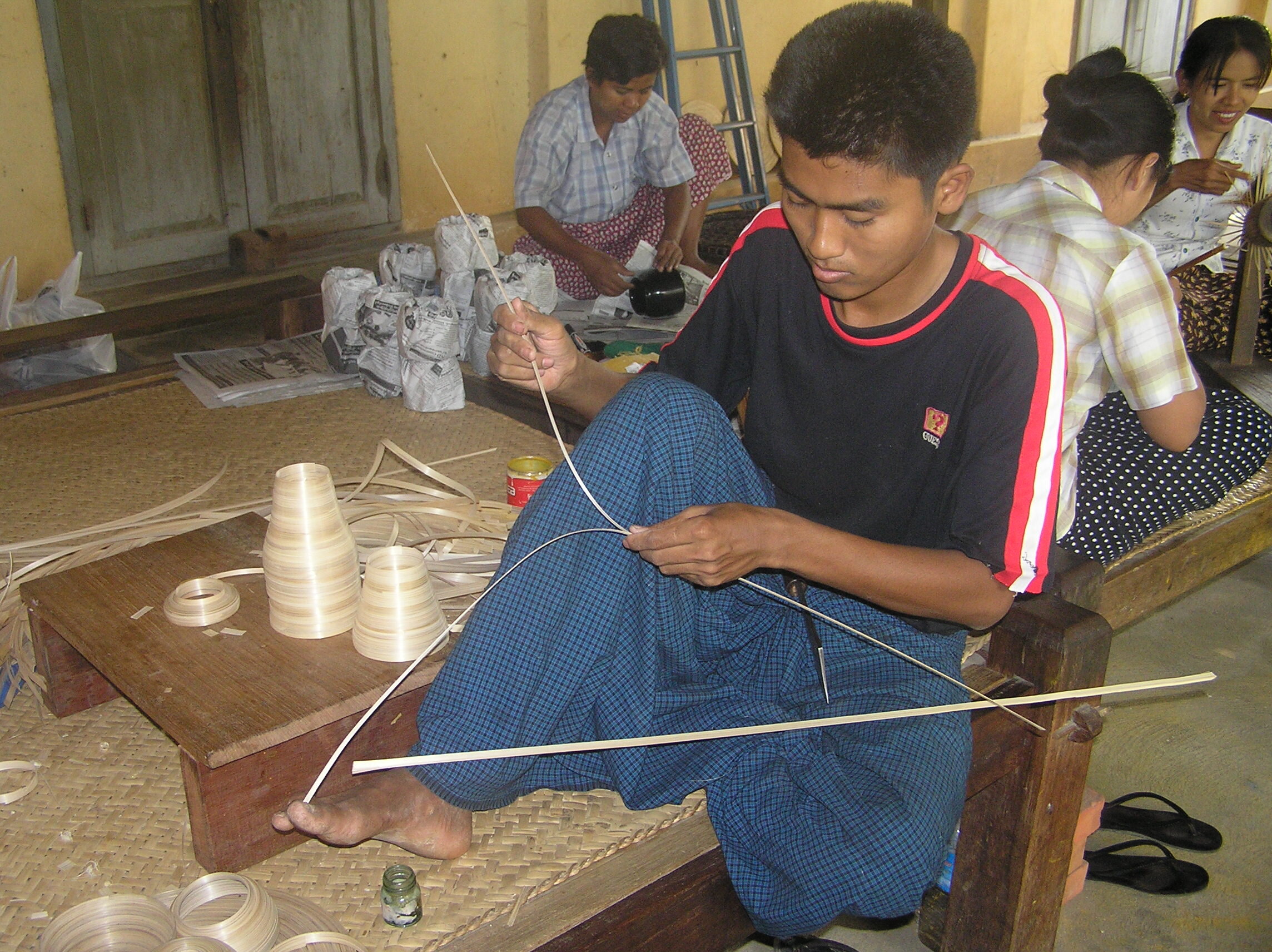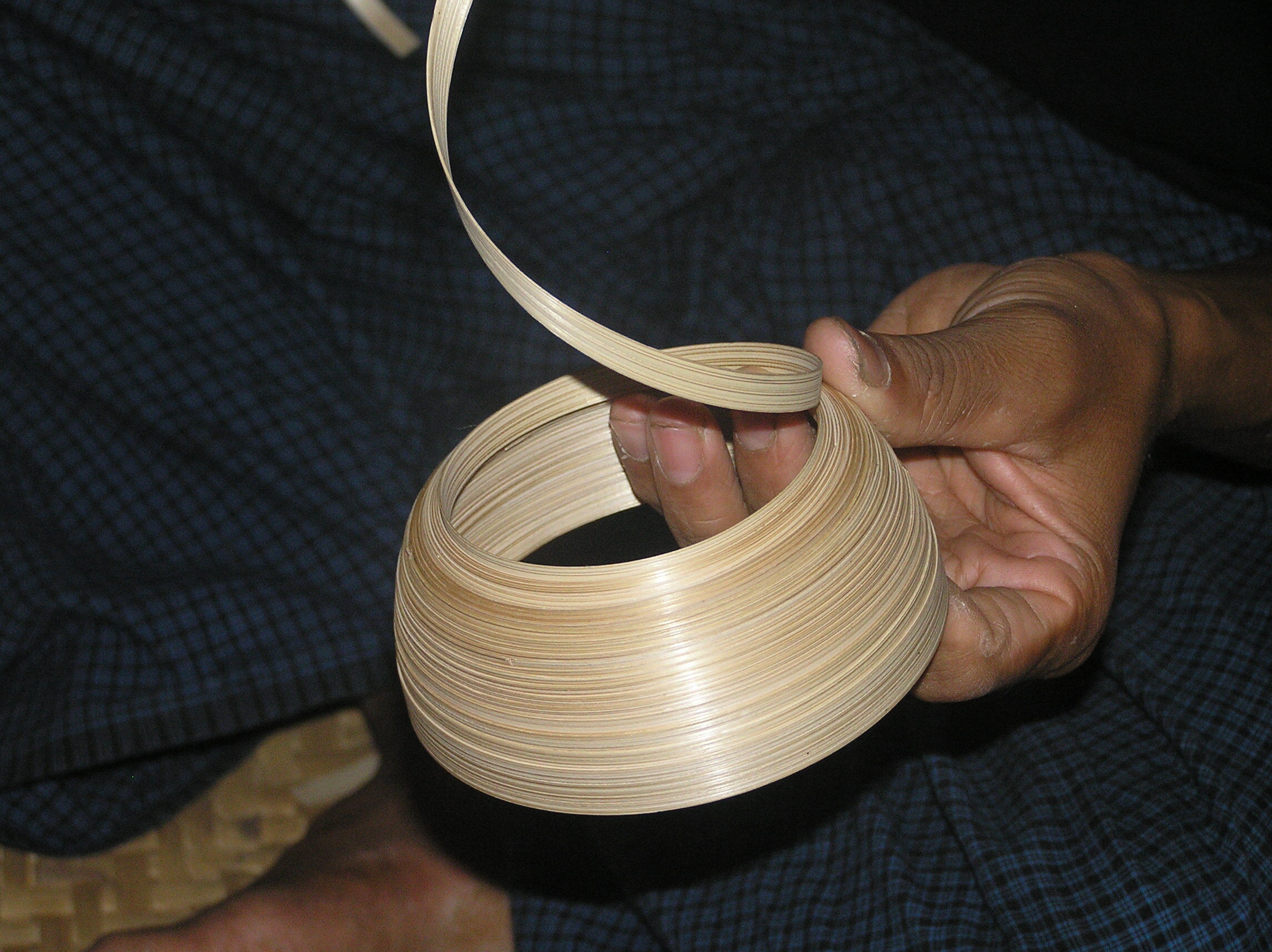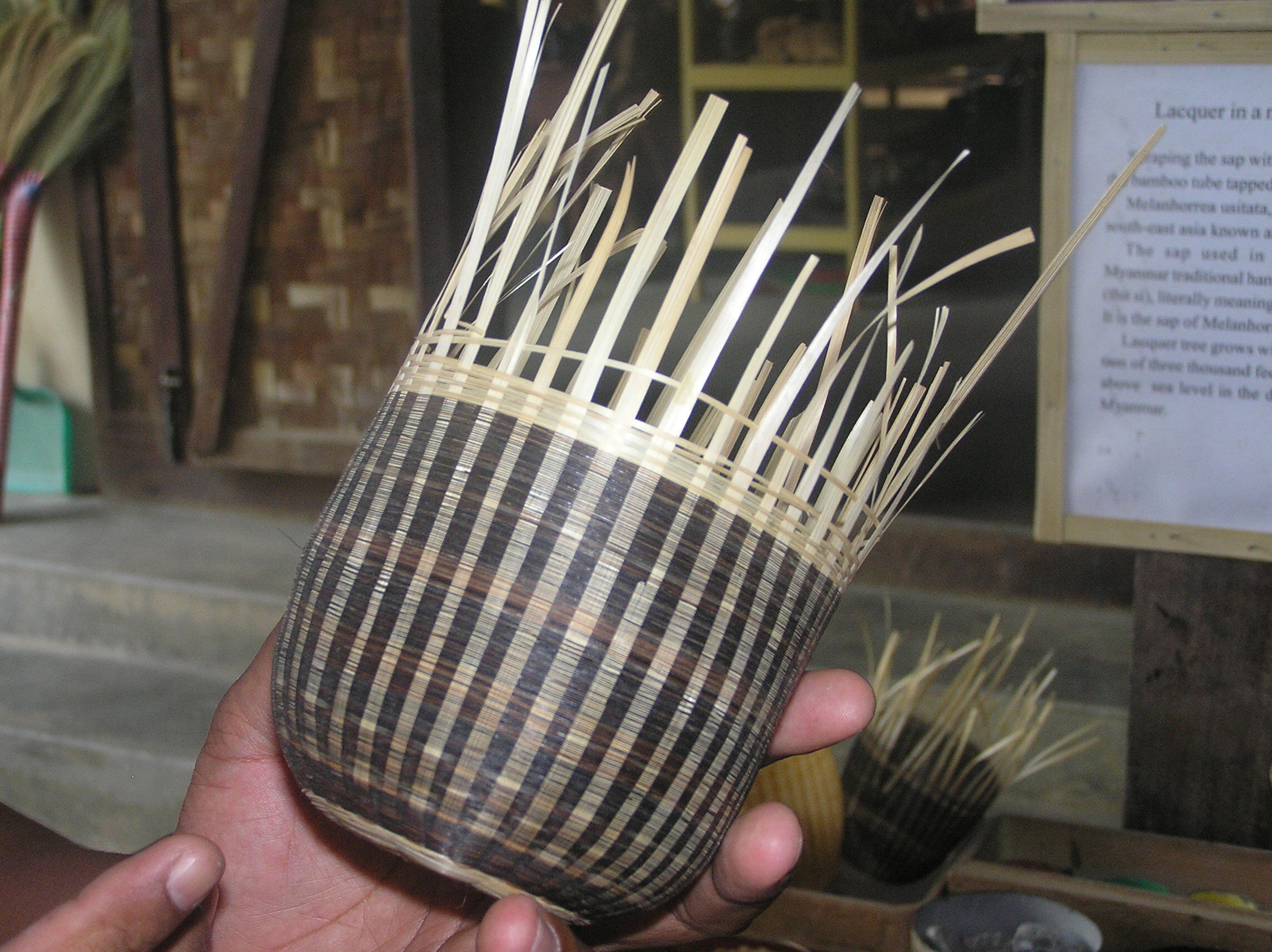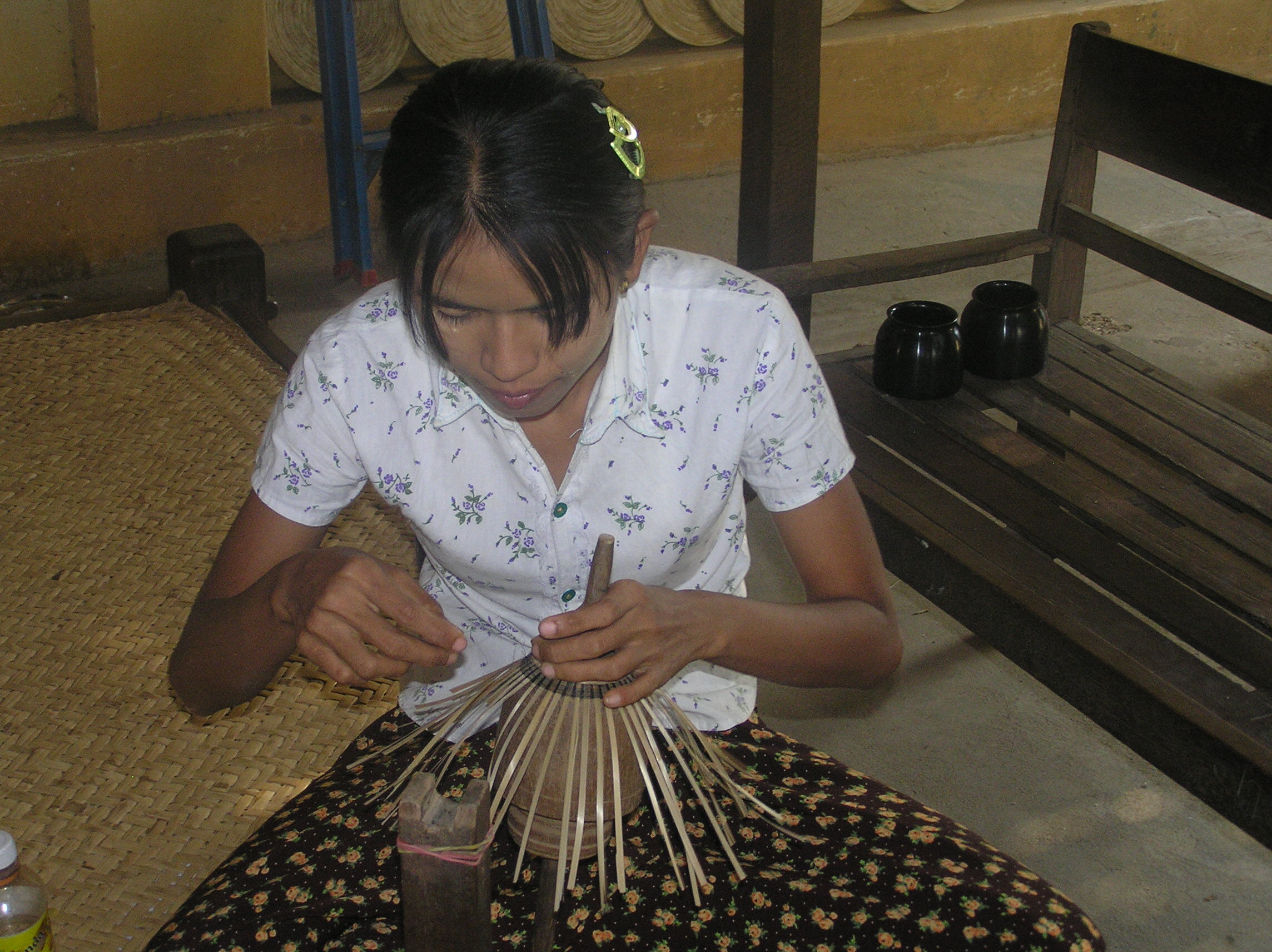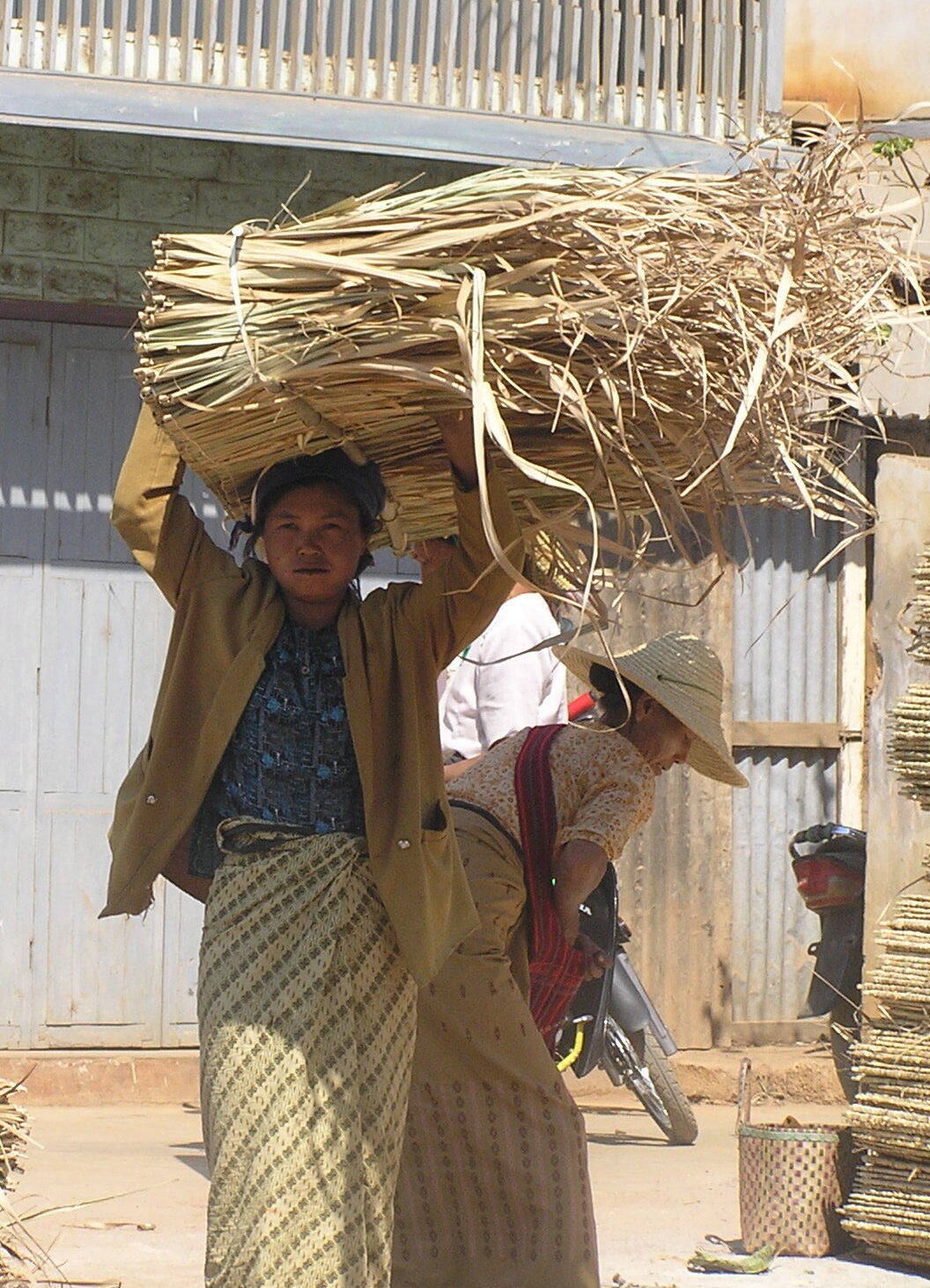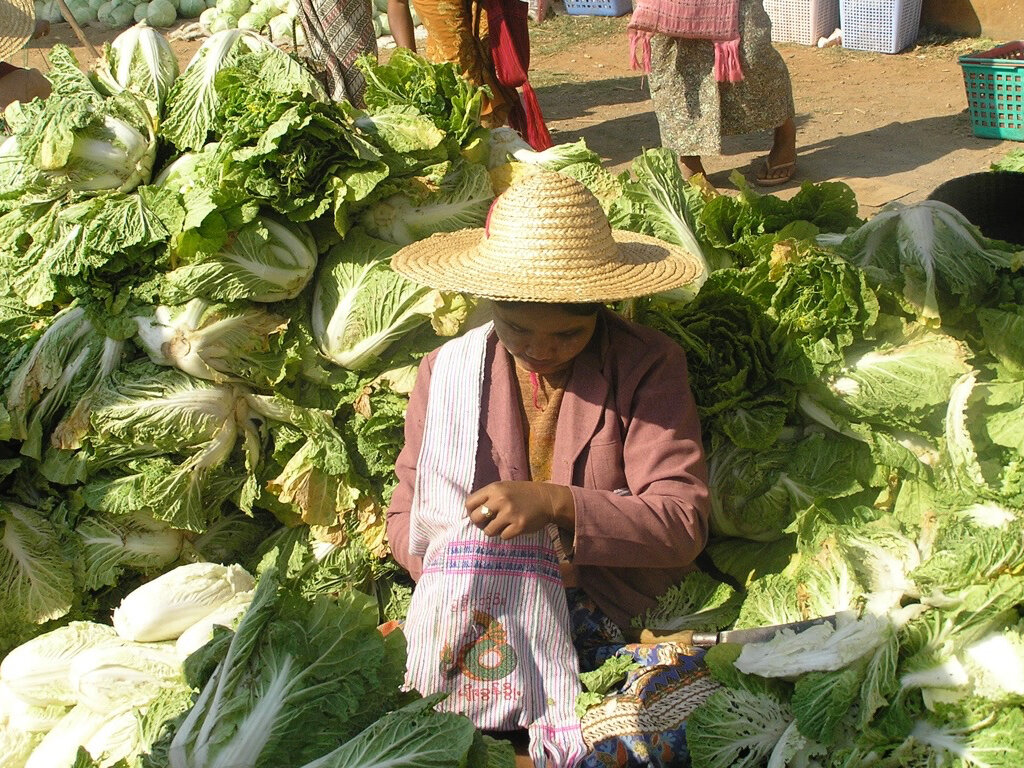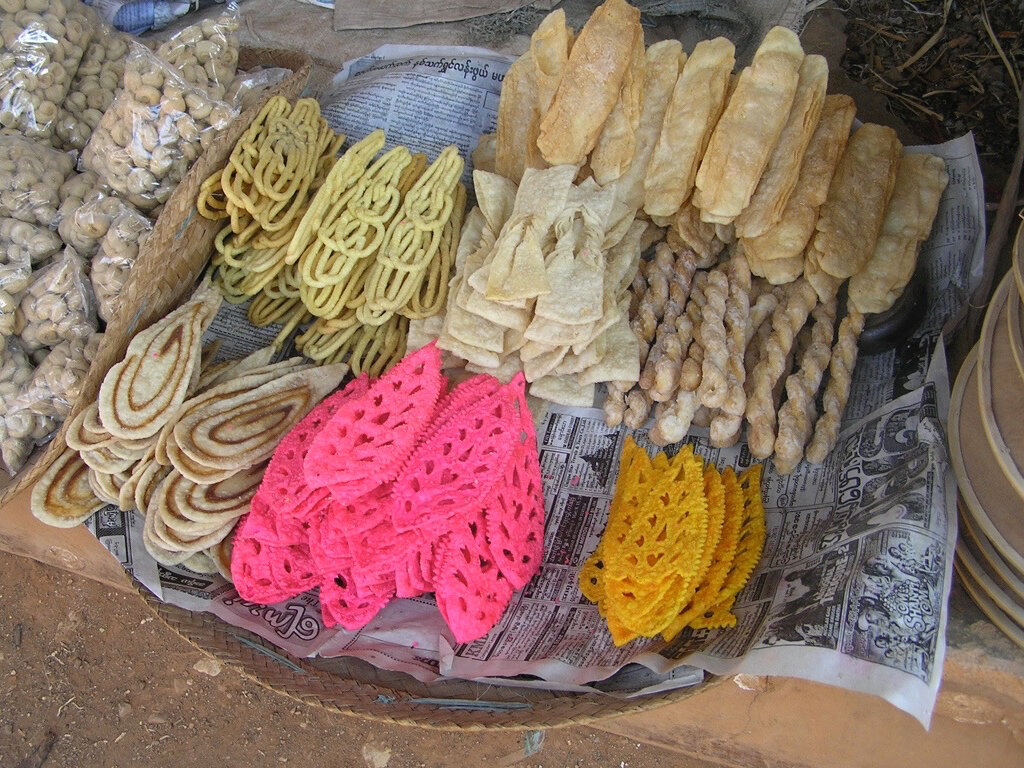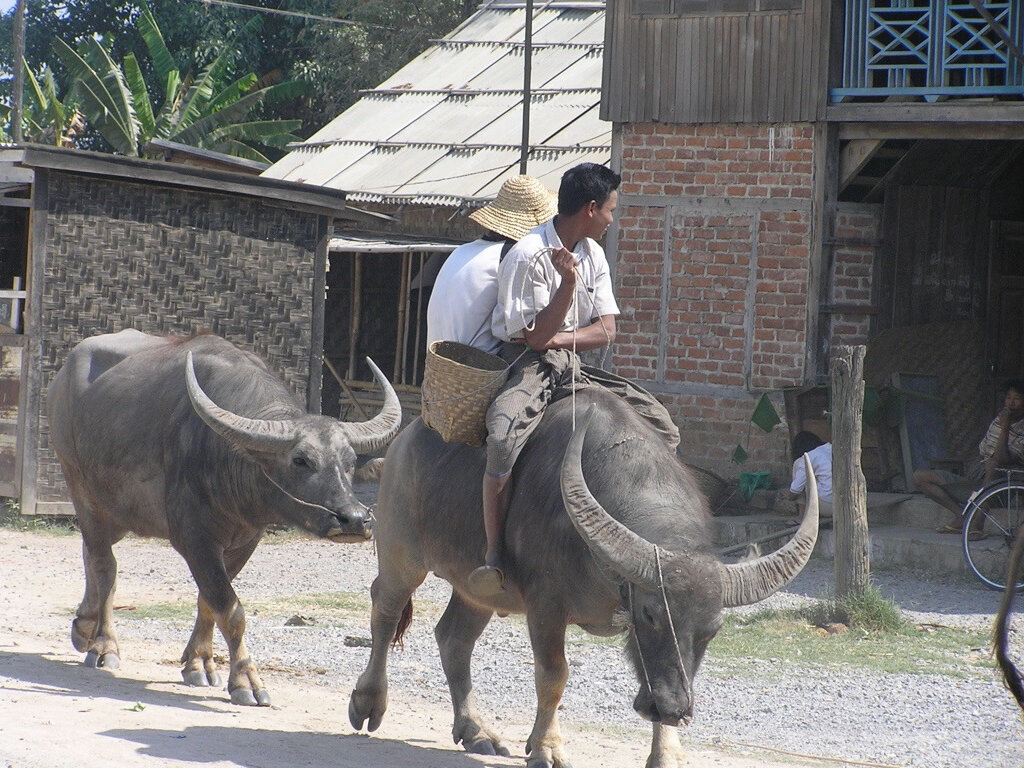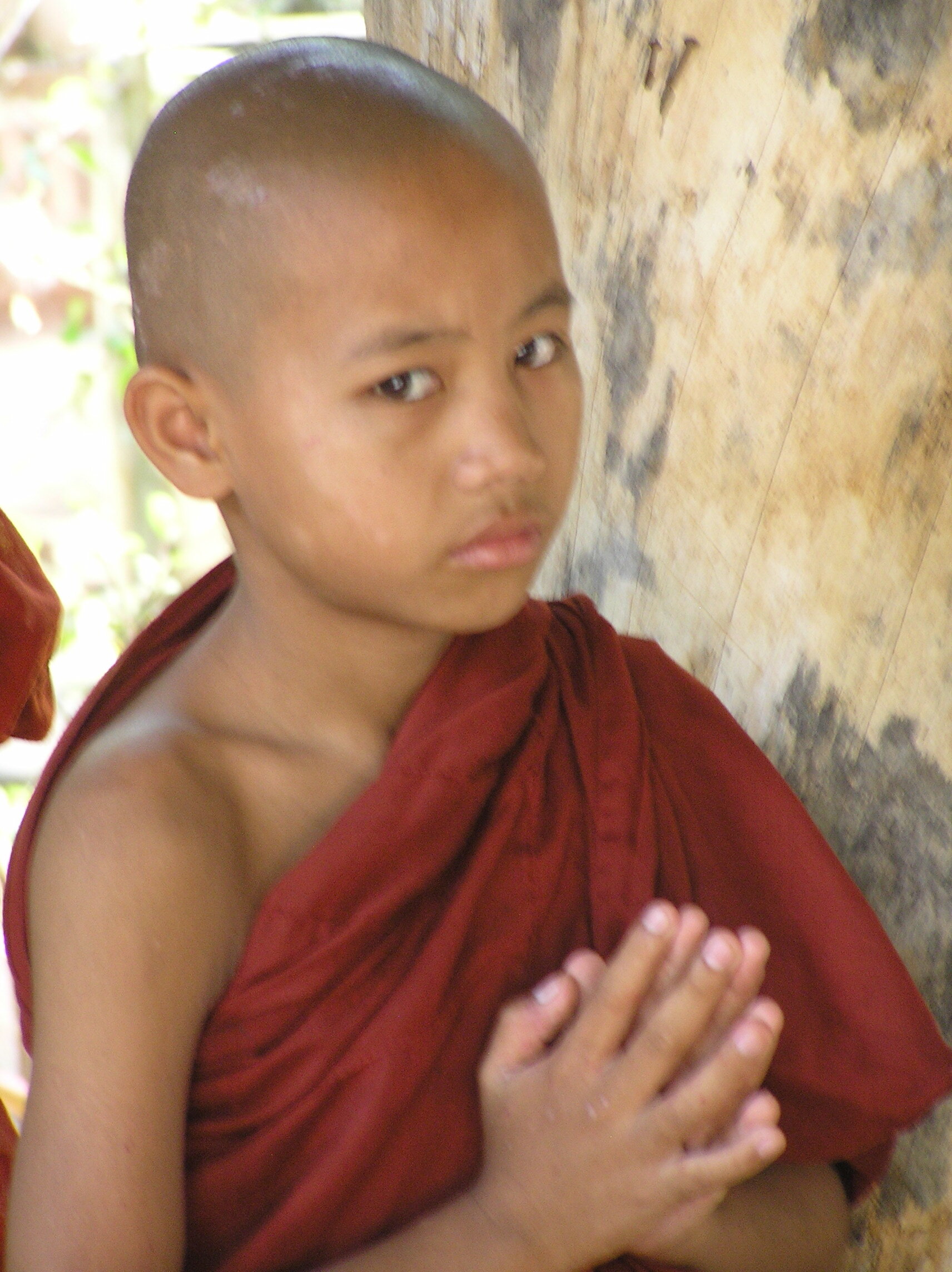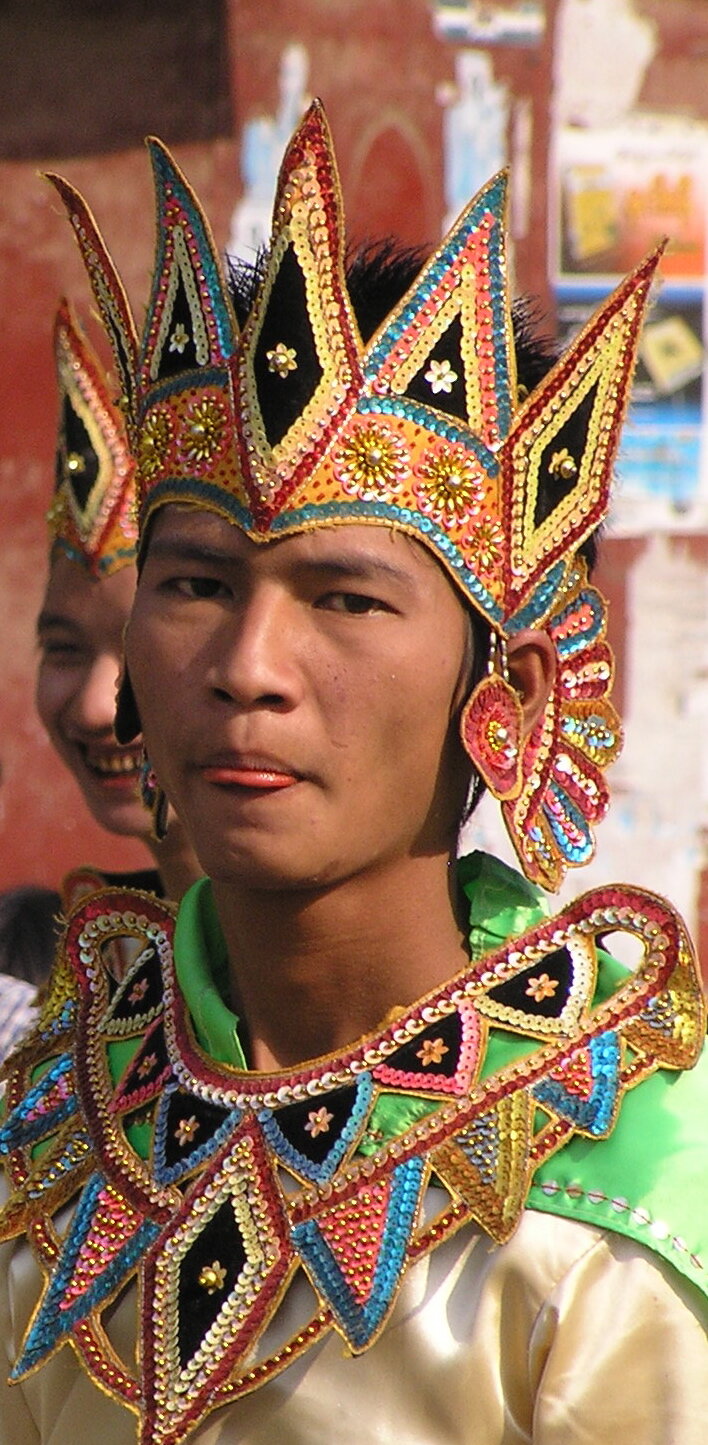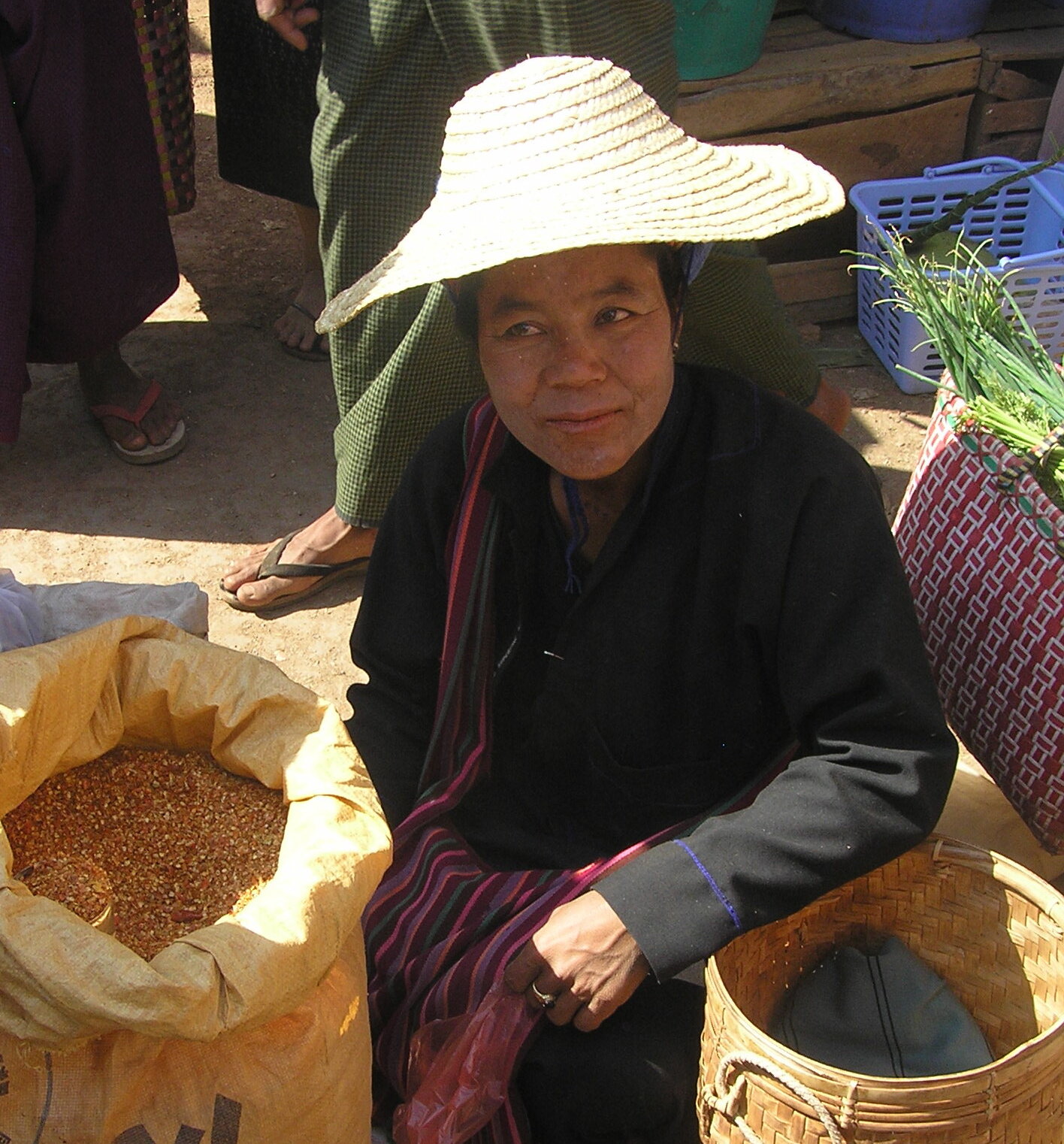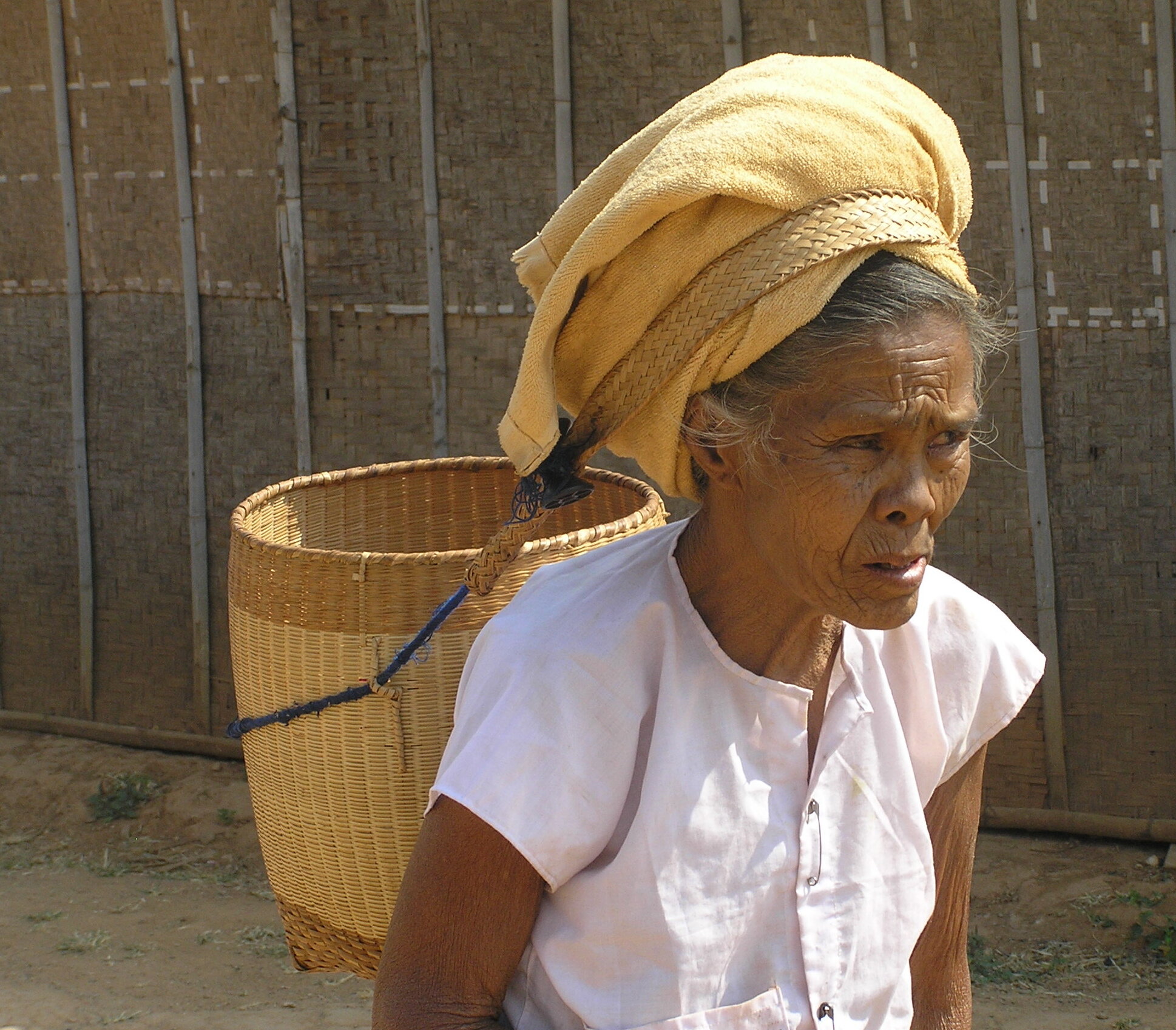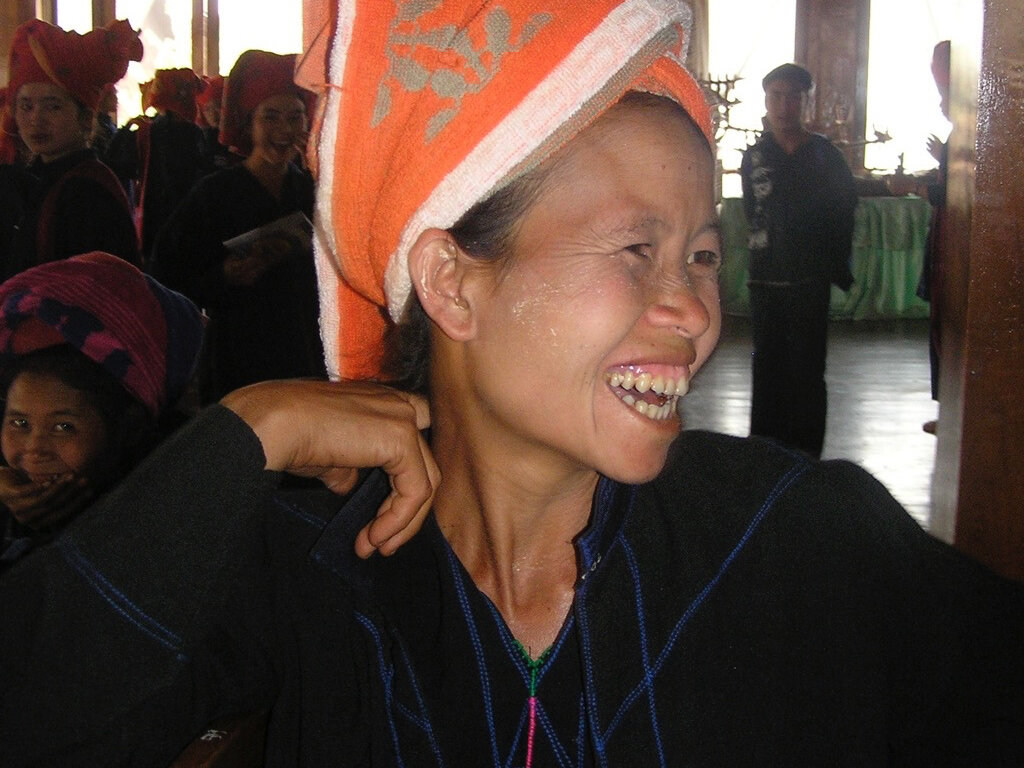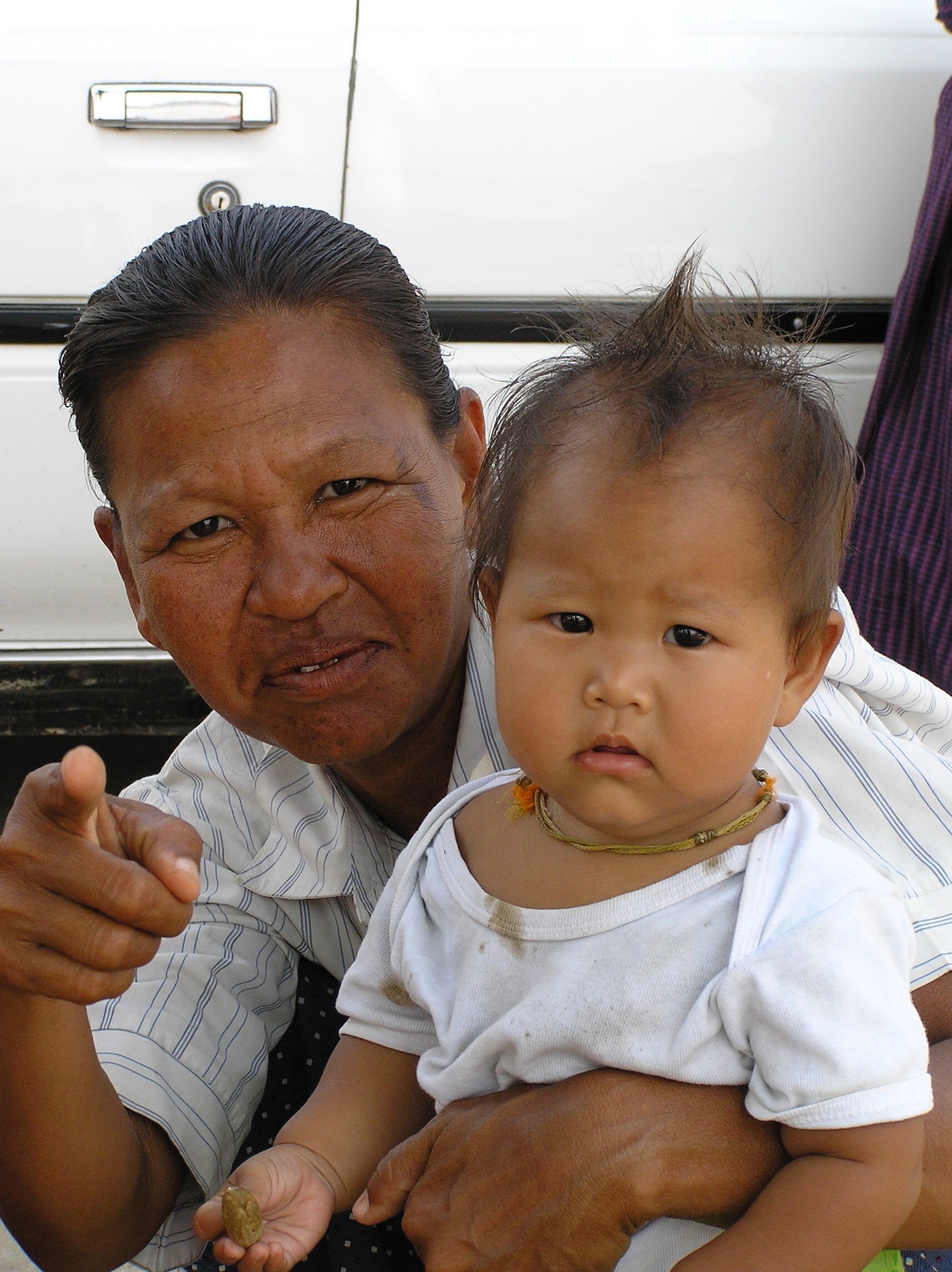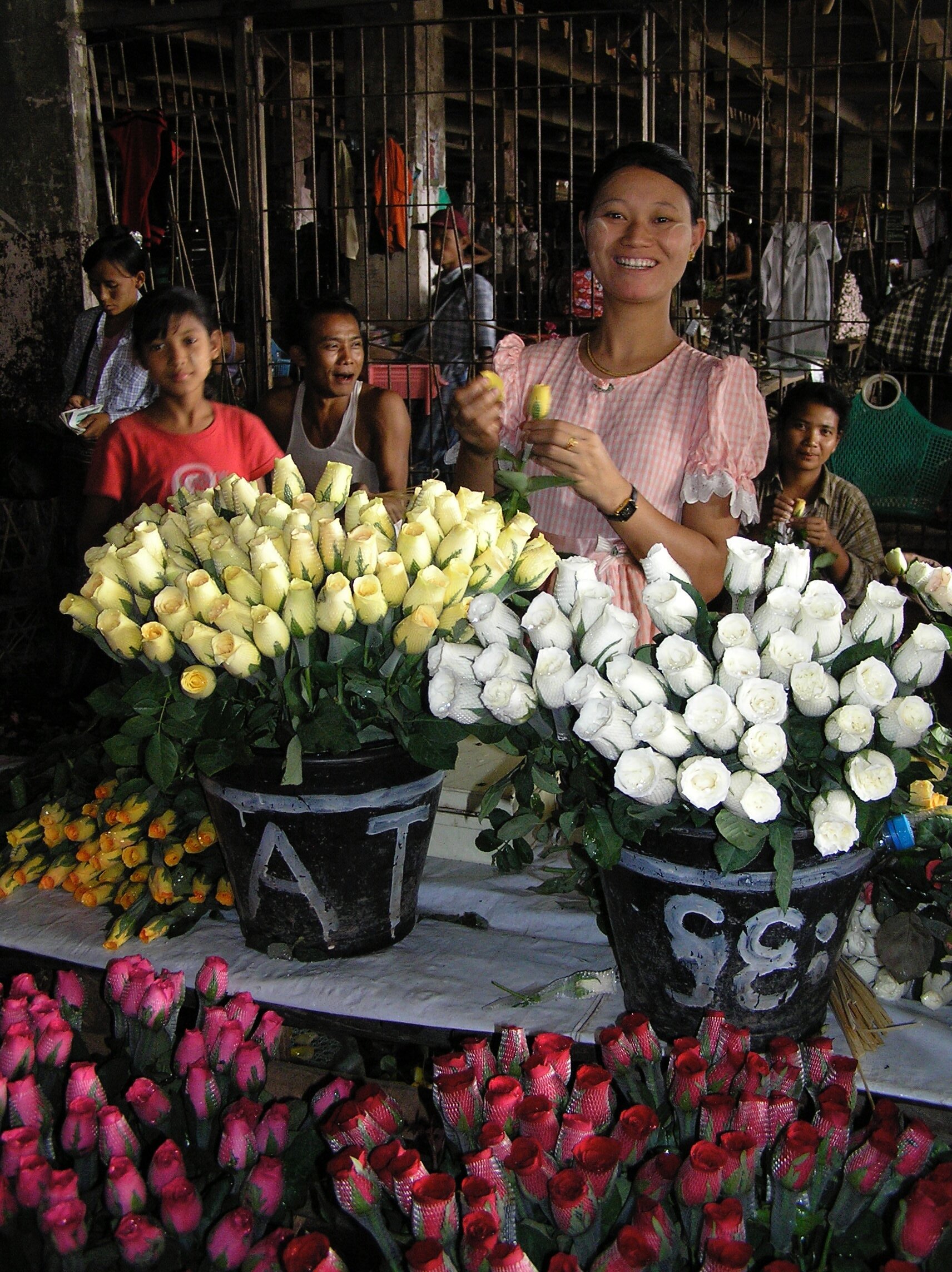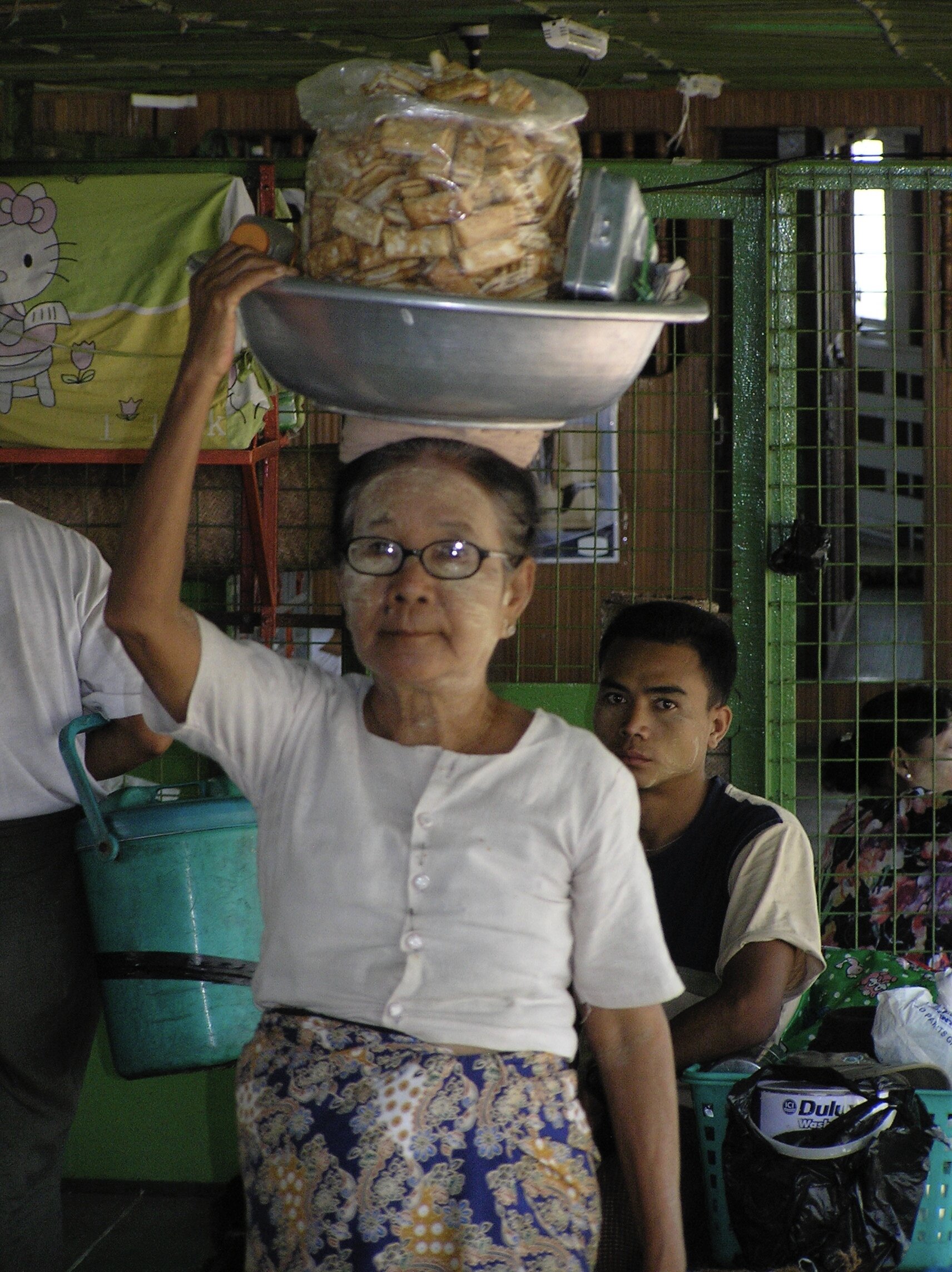Mingelaba! (Hello, in Burmese)
You can’t arrive unannounced in Myanmar, formerly known as Burma. The country is often in turmoil, its people longing for freedom while military leaders continue to oppress the population. After a decade of relative democracy, and the Lady Aung San Suu Kyi in a government position, the military has recently once again curtailed freedom and imposed hardships on the people. We visited a few years back but things continue to change here.
With a military regime in power, foreign visitors are relatively few and visas are not easy to obtain. I was excited though, to be invited as writer-in-residence to an international school in Yangon. We planned to travel through the country to see as much as possible of this unique country. It is very sad and difficult for its people to be so isolated from the rest of the world. Yet this same isolation has preserved cultures and traditions and sheltered them from western influences. Visiting Myanmar was an opportunity to see a very different place in the world.
A loaded ferry on the Yangon River.
Arriving in Yangon (pronounced Yan-GO) we had been worried about bureaucracy but visa formalities took all of five minutes. Visiting an international school is always wonderful because the school helps with logistics and teachers have local knowledge. We were picked up by a driver from the school who spoke good English. The roads are incredibly poor so most cars have no shocks or springs left. Our first impression of Yangon was lots of old cars and busses, dusty streets and a mix of old, sometime colonial buildings.
We had no local money yet (kyats, pronounced ‘chats’) because North American banks don’t carry Burmese currency. The banks here will give you less than half of what you get on the black market. So we asked to driver about exchanging some money. No problem. He drove deep into a labyrinth of downtown alleyways. Half an hour later he stopped in front of an apartment building and he said ‘give me the money and you stay in the car’. We did feel just a tad worried after he left us parked in an old downtown neighborhood and disappeared. But within five minutes he was back with 68,000 kyats - about 75.- dollars. We drove passed the house where Myanmar’s popular heroine, The Lady, was kept under house arrest for over 15 years.
Floating Golden Temple, Kandawgyi Lake, Yangon
Monks
Nuns.
To do any sightseeing in Myanmar you have to use a local tourist company to arrange accommodations and travel. We had been careful to select one that was not operated by the government. An English speaking guide picked us up at the old, colonial hotel where we stayed, for a day tour of Yangon. First stop was a holy Buddhist site where with three ‘white’ elephants. We were not impressed to see the poor elephants tied to chains on a concrete floor. But the boys and girls monastery we visited, each with separate compounds, were very interesting. About 400 young novices, kids of 9 years old and up, are being trained as a monk. Monks in Burma, and other Buddhist countries, are not at all like western monks. Here, a monk or nun is anyone who serves the community and in return receives room, board and education. Many are orphans, others are sent by their families to ensure that the child will learn reading, writing and math. There are no public schools, you either pay to go to school ($3.- to $5.- per month for school fees) or you go into a monastery to be educated.
All Buddhists have to serve their community as monk some time in their life. This can be for a week, a month or longer and a few remain in the monastery their entire life. Generally they get up at 5 AM, pray for a hour or so, then go into town to get their food, donated by the town’s people and return to the monastery. We got there just as they returned and were about to sit down to eat on the floor at long low tables.
Tea for sale.
We popped into the Strand hotel, the famous Rangoon hotel built by the British a hundred years ago. Rudyard Kipling stayed here. It's by far the most expensive place to stay in Myanmar. Next door was the post office where we managed to mail postcards home. We had lunch at a local restaurant and were not quite sure what we ate, but it wasn’t bad. Along the main, downtown streets, women squat by small fires over which they hang a dented kettle. You can buy a cup of tea anywhere. There are also lots of carts grinding length of sugar cane to make juice. Much more authentic than spotting a McDonalds!
I won’t complain about BC ferries anymore…
We drove along the waterfront and walked onto some large, rusty ferries moored on the Yangon River. All kinds of products and supplies were being loaded and unloaded from and for small villages up the river. People take the boats from their home villages, about a two day ride. They pay for a narrow strip on the floor to lay down on their wicker mat. Baskets and crates of vegetables, chickens, fruits, and all other sorts of ware were sold and bought before the trip home. While we clambered on board they were loading barrels and beams, bags of rice, piles of straw. We also walked through the local market where fish, vegetables and many flowers are being sold. Most women wear thanaka on their face, a yellowish paste made from ground bark. It is dabbed on in a big smears across the cheeks, nose and forehead and serves as sunscreen but is also considered beautiful make-up.
One of our favourite sightseeing places was the most famous of all landmarks in Yangon, the Shwedagon Pagoda. It is the largest complex of pagodas in the city. The main temple is 99 meters tall and completely covered in gold. We walked around the complex for hours and the reason we visited it later in the day, was for us to be able to see it in the sunset. It glittered and shone till it hurt your eyes. A strange contrast to such poor living conditions outside the compound, yet the gilded reverence to Buddha warranted all the gold.
Reclining Buddha.
When you shake hands here, or give something to someone, you do so with your right hand, while holding your right elbow with your left hand. Most locals don’t expect that from foreigners, but they appreciate it when you do. We do have to think about it all the time… Money, a business card, a receipt - everything is done with the right hand while clutching the elbow.
After my work in the international school, we caught a 6:30 AM flight to Bagan, arriving just as the rising sun painted the ancient stupas a stunning pink. Bagan is a large, 42 square miles, UNESCO World Heritage Site with more than 4,000 temples, stupas, pagodas. We walked around the beige/brown area, in and out and up several stupdas. Often there’s a large, impressive Buddha inside. Some Buddhas smile down benignly on their visitors. Sometimes the Buddha frowns until you get closer. Than somehow, miraculously the statue’s face changes to a smile. Other times Buddha reclines. I’m surprised at how often Buddha is very feminine with large red lips and fine features.
Walking through the sand outside, two women walked by. They were collecting firewood. One had a child in a basket. Both smoked homemade pipes.
Entering a monastery by ox cart.
Our guide told us many interesting tidbits about Buddhism and about being a monk (he had been one) as well as about the daily lives of the people in the area. It was definitely worth it to tour with a local here. While we drove through a village, all of a sudden a parade came down the street. Families were taking their young children to the monastery to become a monk. They all wore fantastic, colourful, glittering costumes, riding ‘floats’ pulled by tractors.
The landscape is dotted with pointy stupas. Many of the pagodas were badly damaged during a 1975 earthquake. UNESCO put lots of money into renovations, but after 10 years the Myanmar government decided to build a couple of viewing towers in the center of the historic site, totally out of character with the surrounding centuries’ old architecture and UNESCO could no longer justify those developments and withdrew its support.
Us Westerners were an attractions.
By that time a lot of restorations already had taken place and these stupas can now be visited. Because Myanmar does not have many western visitors, we are often the ‘attraction’ for the local people and several times we were asked to have our picture taken with a local family or group.
We visited a lacquer workshop where we were shown the process of bowls being made of long strips of bamboo or horsehair. Very interesting, a process that takes up to 6 to 8 months to make one bowl because of the drying requirements and the many different steps in the process. The people in the workshop make $1.- to $1.50 a day, depending on their experience.
We also visited to a monastery and dropped off school supplies for the monks. We stayed at a hotel on the edge of the Irrawaddy River - a wide, muddy, slow moving river dotted with small fishing boats. During supper, there was a traditional Burmese puppet show. The puppets are beautiful, the music not so much…
From Bagan we flew via Mandalay to Heho - the town nearest Inle (pronounced Inlay) Lake. The local weekly market was on so we sauntered around for a while. This huge market attracts thousands of local people from the surrounding area, all bringing their products to sell and trade at the market. Most came with ox carts, some rode their water buffalo to market. Or they walked for hours with baskets on their head. Many had left home at 4:30 AM to walk to Heho, sold their wares, bought what they needed and then started the long walk home, often on bare feet. We were the only westerners at the market. Kees, with his 6’4, towered above the local people and had to duck under tarps and ropes.
Inle Lake is 25 km long, 12 km wide and a mere 2 meters deep. During the monsoon season (from May to October) the lake level rises 2 meters and the lake expands considerably in size. In a long boat with a large engine on the back we took off over the lake to our hotel on stilts somewhere in the middle of the lake. Along the way we saw several of the famous Inle Lake leg rowers. A person stands on the flat back end of their very shallow long boat, hold the paddle vertically in one hand, then wraps one leg around the lower part of the paddle and with leg action propels the paddle through the water. They have incredible balance. This way they have one hand free to pull up a net, or to spear a fish. This is the only place in the world where leg rowers fish.
©A leg rower on Inle Lake
When we arrived at the hotel we discovered that it consists of small individual huts, all on stilts, connected by boardwalks in the lake. We dropped our stuff off and went back in the boat to explore the surrounding area. Our local guide spoke pretty good English and of course wanted to show us and tell us as much as possible in the days we had here. We saw a paper making workshop, an umbrella making workshop, monasteries, a silver smith.
Gardening on the lake.
The most interesting thing was the ingenious way in which farmers work the ‘land’. They create floating islands by piling water plants on top of each other for years and after the plants have formed a thick layer of mulch, they apply mud from the lake bottom on top. The mud is extremely fertile and when seeds are planted in this ‘floating garden bed’ they grow the best tomatoes and other vegetables. The beds usually are no more than 2 meter wide, but can be hundreds of meters long so they can be farmed (weeded, harvested) from the boats without having to step on top of the island. To prevent them from floating away in the wind, they are anchored into the lake bottom with long bamboo sticks poked right through the ‘island’ and into the bottom of the lake. That way they can also float up or down with the lake level. We floated through a farming village with all houses on stilts. Kids come running to the windows when they see a foreigner and waive. We felt like the king and queen, waiving back to all these friendly smiling people.
They even have a floating market at Inle Lake. People get together in a sheltered stretch of river leading into the lake and sell their wares from boat to boat. We unloaded the last of the gifts of school supplies we brought along and started hiking, a long slow climb to an area with over a 1,000 stupas from the 14th century. These were religious monuments built by families trying to outdo each other. The ancient stupas are starting to fall apart and attempts are made to restore them. That was a hot hike, 28-30 degrees. We visited the ‘jumping cat monastery’ where monks have trained cats to jump through hoops. They must have been very bored.… Another fascinating stop was at a fabric workshop where the women were from the Kayan tribe and wear many metal rings around their neck. They start this at a young age, stretching their necks to surreal lengths.
Back at our floating hotel, we discovered a large group of Pa-O people doing native dances in wonderful traditional clothing. Mong people from the hills had come down to the lake and they were all dancing. Not for tourists, because there were none. For each meal we eat rice, fish from the lake or other local delicacies.
We continued our rounds of sightseeing and visiting craftmen around the lake: a lotus silk weaving workshop; a cigar workshop; a blacksmith were they forged tools with fire and a bilge much like in the middle ages. We often feel like we are in the Middle Ages here in Myanmar….
It is easy to help make a difference here. Our $500 donation builds a two stall concrete toilet building with holding tank at a local school which previously had only an outhouse which drained into the lake.
We are in awe of this unique country and its very kind, friendly people. It has been so cut off from the rest of the world. There are no McDonalds, no 7/11 stores, no Starbucks. The people are incredibly kind and hospitable. We quietly watch the sun rise over the lake and see leg rowing fishermen working hard to provide a living for their families. A long procession of monks collects food from villagers - life here is as it has been for centuries. It’s been a privilege to get a glimpse of this country, one of the most amazing journeys in our life, actually. And is this current, renewed time of unrest and hardship, our hearts go out to the beautiful people of Myanmar. May you get to live in freedom and peace.
Visa Application: https://evisa.moip.gov.mm
The non-government travel agency we used to plan our travel inside Myanmar is: https://www.facebook.com/myathiritours/
For more about Bagan and its temples: https://www.go-myanmar.com/the-temples-of-bagan
For more on Yangon’s Schwedagon Pagoda:
https://www.shwedagonpagoda.com
For more on Inle Lake: https://www.go-myanmar.com/inle_lake
©The community feeds the monks.
BOOKS about Myanmar













